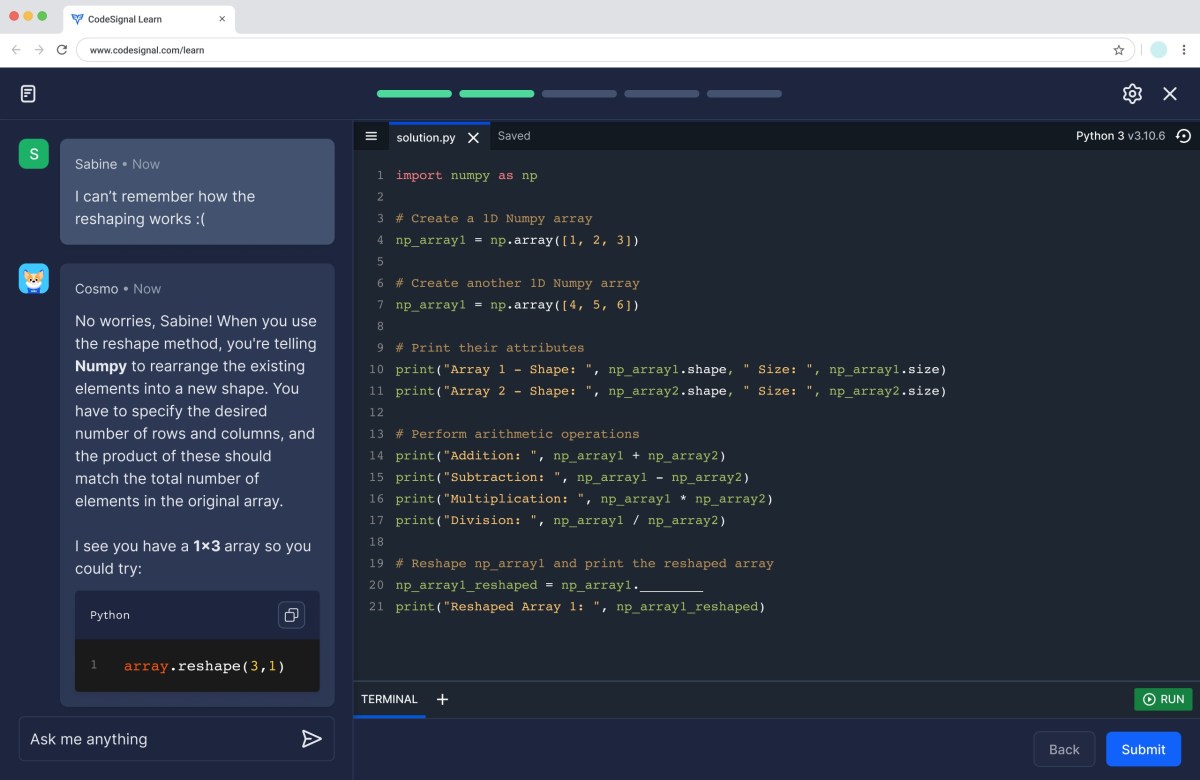Electronics Board More Expensive Than Rigid PCBs
There’s a common belief that electronics board cost more than rigid PCBs, which is not entirely true. A lot of factors come into play, including design and manufacturing processes, materials used, and other specific project needs. However, it’s important to understand where the biggest costs lie when making this decision. By doing so, you can make the best possible choice for your project without compromising its performance or cost-efficiency.
Rigid-flex PCBs combine a rigid printed circuit electronics board with a flexible section, giving you the flexibility to bend and twist the board around your product’s form factor. The combination of these two sections creates a unique solution for space-limited designs. Using a flexible section can reduce your product’s size and weight, while the rigid part allows you to keep your existing dimensions. This saves on assembly and connector costs while improving ergonomics for your final device.
A rigid-flex PCB’s initial production cost depends on the materials it uses, including copper foil and a laminate. The materials determine the thickness of the boards and their mechanical properties. It is important to select a material with the right thermal and electrical properties, but not at the expense of signal quality. For example, choosing a cheaper material with lower loss tangent could result in poor signal transmission, especially at high frequencies.

Are Electronics Board More Expensive Than Rigid PCBs?
Another major cost factor in the production of a rigid-flex PCB is the amount of soldering and assembly steps. In general, more steps mean higher costs. For this reason, it is advisable to use simple designs with fewer components and less interconnects when designing a rigid-flex board. These factors will help to keep your overall production costs down, while maintaining the quality of your electronic device.
In addition to the initial cost of your board, other factors that may impact the price include the routing process, panel thickness, and via plugging. Using a smaller panel thickness and simple routing will save you money while opting for the shortest possible trace lengths will also cut down on costs. Likewise, reducing the number of vias and avoiding excessive filling will also help to keep your costs down.
Lastly, the type of flex PCB you choose will also affect the price. Some flex PCBs are made with adaptable plastic materials like polyimide, which allow the circuit board to curve and fit into tight spaces. This feature makes them ideal for wearable technology, medical devices, and aerospace applications where reliability is key. The additional functionality offered by flex PCBs can easily offset their initial cost in these specialized industries.
Although the initial cost of rigid-flex PCBs is higher than that of traditional rigid PCBs, they can still offer significant savings in other areas. The scalability, flexibility, and design-for-manufacturability features of a flex circuit can pay for itself in the long run by lowering assembly costs and reducing rework and redesign. This is particularly important for companies with a limited budget or desire to bring their products to market quickly.



